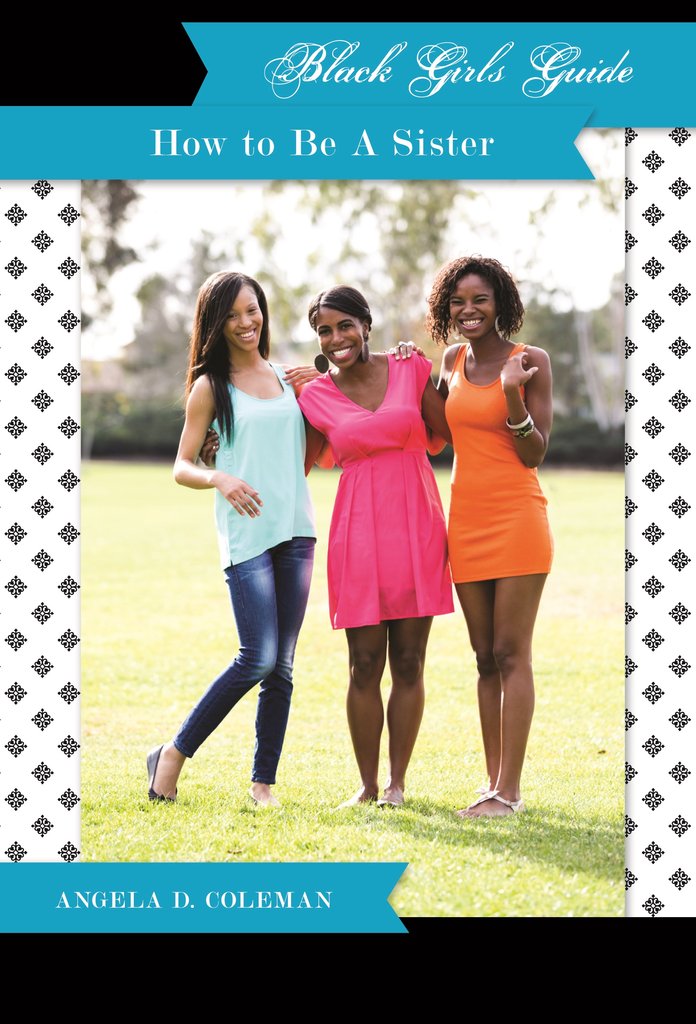By Angela D. Coleman | Founding President
Since our last report, members of the Sisterhood Agenda's team have made great progress in our goal of creating a beautiful, eco-friendly, centralized female resource center: a place of knowledge, support, self-determination, and healing. Sisterhood Agenda's Sisterhood Empowerment Academy (SEA) is the headquarters for the Global Educational Empowerment project. Its media center is key to reaching girls utilized the power of technology.
We have made great strides toward our goals. Specifically, the SEA team:
In addition to our new SEA headquarters to increase our capacity to serve more girls, Sisterhood Agenda consistently adds new Global Partners working with girls, almost daily. Currently, we have more than 3,500 Global Partner agencies to coordinate, collaborate and share resources with--that is an average of 29 girls per agency to reach our target goal of 100,000!
Sisterhood Agenda continues to publish educational materials, such as the new Black Girls Guide: How to Be a Sister. These resources are well-received by our constituents and used by service providers and teachers in their classrooms.
With your contribution, you are working hand-in-hand with the consciousness stewards on our team. We appreciate your generous gift, maybe more than you realize. Let’s keep the momentum and positive energy flowing as we progress toward our goal!
By Angela D. Coleman | President
By Angela D. Coleman | President
Project reports on GlobalGiving are posted directly to globalgiving.org by Project Leaders as they are completed, generally every 3-4 months. To protect the integrity of these documents, GlobalGiving does not alter them; therefore you may find some language or formatting issues.
If you donate to this project or have donated to this project, you can receive an email when this project posts a report. You can also subscribe for reports without donating.
Support this important cause by creating a personalized fundraising page.
Start a Fundraiser